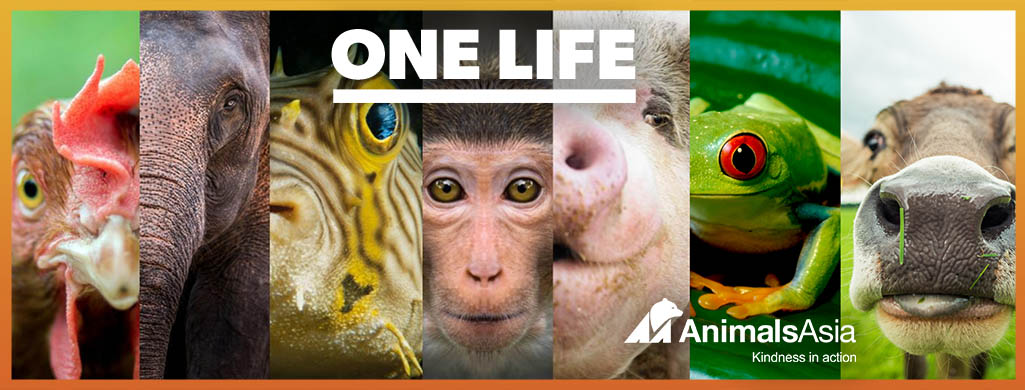Should animals have the same basic rights as humans?
10 December 2022
By Animal Welfare Director, Dave Neale
In a world where animal use has become so central to our daily lives, is it possible for society to question societal norms and grant animals with rights similar to those that in general we agree are applicable to all humans?
Rights are defined as ‘legal, social, or ethical principles of freedom or entitlement…’ The process of establishing rights for people continues to be a long term battle with many wins along the way but still there is much work to do to ensure that all people have the same rights.
It is safe to assume that most people will agree that all humans are entitled to equal human rights, despite many supporting practices that fundamentally impact on the rights of others. It is not so safe to assume that most people support the case for all animals to be entitled to equal rights, in fact the case for animals is often very unclear with legal, social and ethical differences existing between and within species.
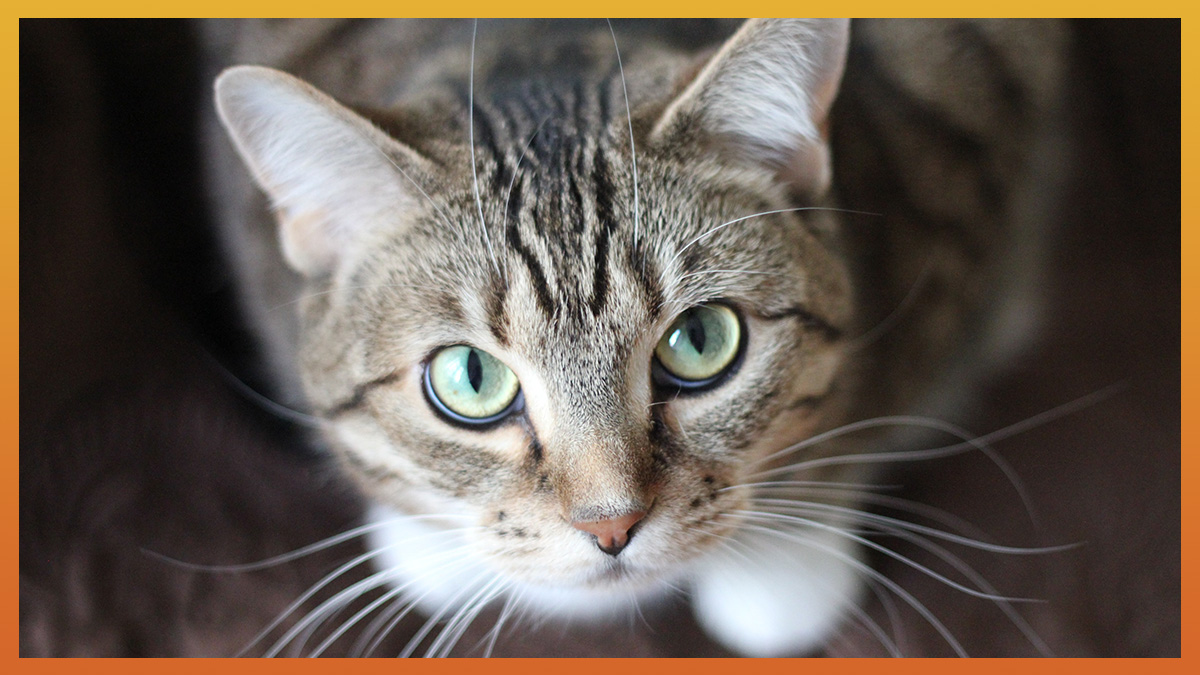
The UK's Animal Welfare Act (AWA) 2006 defines ‘animal’ as ‘a vertebrate other than man’, but adds that invertebrates could be brought within the scope of the Act ‘if the appropriate national authority is satisfied, on the basis of scientific evidence, that animals of the kind concerned are capable of experiencing pain or suffering’ (s1(4)). In Nov 2021 the UK government extended the scope of the Animal Welfare (Sentience) Bill to recognise lobsters, octopus, crabs and all other decapod crustaceans and cephalopod molluscs as sentient beings.
Whilst this is one of the most advanced pieces of global legislation for animals it still does not include millions of animal species from groups such as the insects, spiders, centipedes and millipedes, despite a growing body of research suggesting many such animals are capable of experiencing pain and anxiety leading to suffering.
Despite legislation such as the AWA being in place for all vertebrates, society continues to support/tolerate activities that actively cause certain species unnecessary suffering. The AWA is, arguably, relevant for animals such as grouse and fish that have been under human care and released into human-managed environments, yet grouse shooting and recreational fishing persist. Society is much less likely to tolerate such activities if we were to breed dogs or dolphins to be released into the wild to be hunted and killed in the same way.
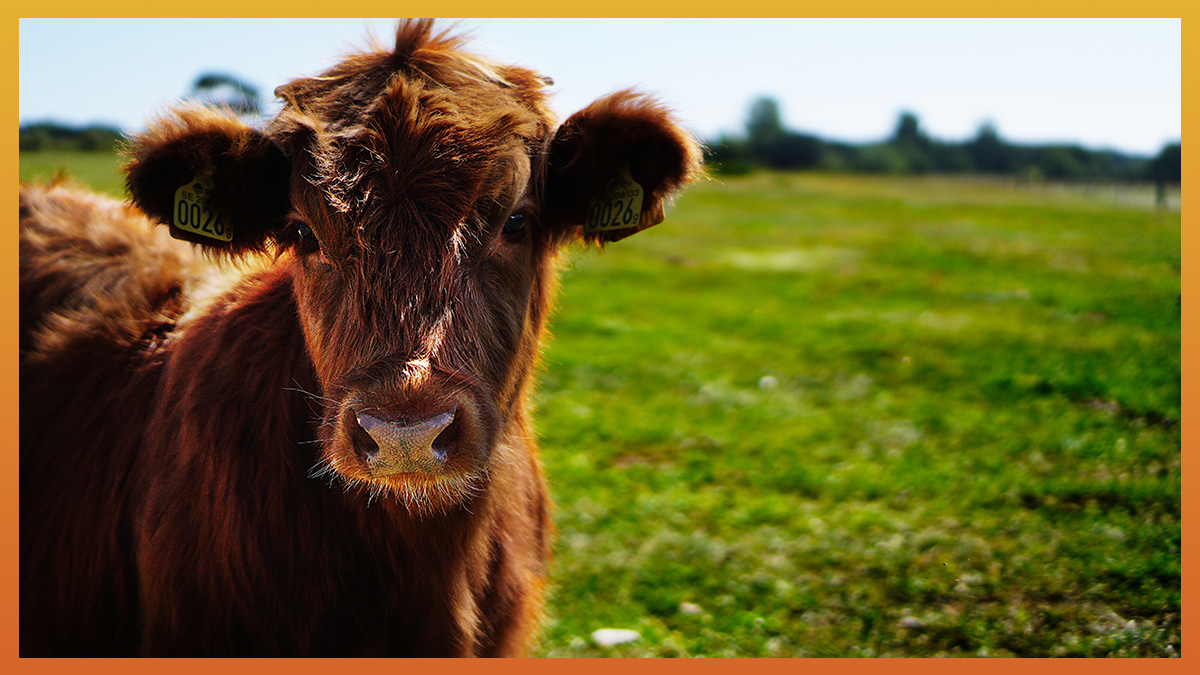
In another example, society actively encourages the breeding, raising, transportation and slaughter of animals such as hens, pigs, cows, turkeys etc for consumption. These animals are protected by the AWA yet many millions suffer miserable lives on intensive farms. Practices that once again it is highly unlikely we would tolerate if animals such as chimpanzees or elephants were being farmed for us to eat.
At the species level, rabbits (for example) straddle a number of differing legal and ethical positions. One rabbit may occupy a place in a loving home and be legally protected from harm as a companion animal, a second rabbit may occupy a place in a research laboratory where it has been deemed necessary to perform certain experiments upon them, even though they may cause some degree of suffering.
A third may be caged on an intensive farm being fattened for slaughter with minimal legal protections in place to ensure they do not suffer, and a fourth may suffer in the wild as they are deemed as a ‘pest’ and the law allows the extermination of pest species with no consideration to their individual welfare.

These examples represent clear social and ethical differences in the value that we assign to both different species and individuals within the same species, and subsequently different species and individuals being afforded greater and lesser protection despite all being covered within the law.
The values that we as individuals assign to animals, in general, reflect the society in which we have grown up within. If we grow up in a society where the suffering of animals within intensive farms or for our entertainment is deemed necessary then it is likely that these views will persist across the generations. But simply because current societal views support such acts this does not make them the right thing to do.
Changing public opinion and subsequent behaviours is the bedrock upon which campaigns for the rights of animals are built upon.
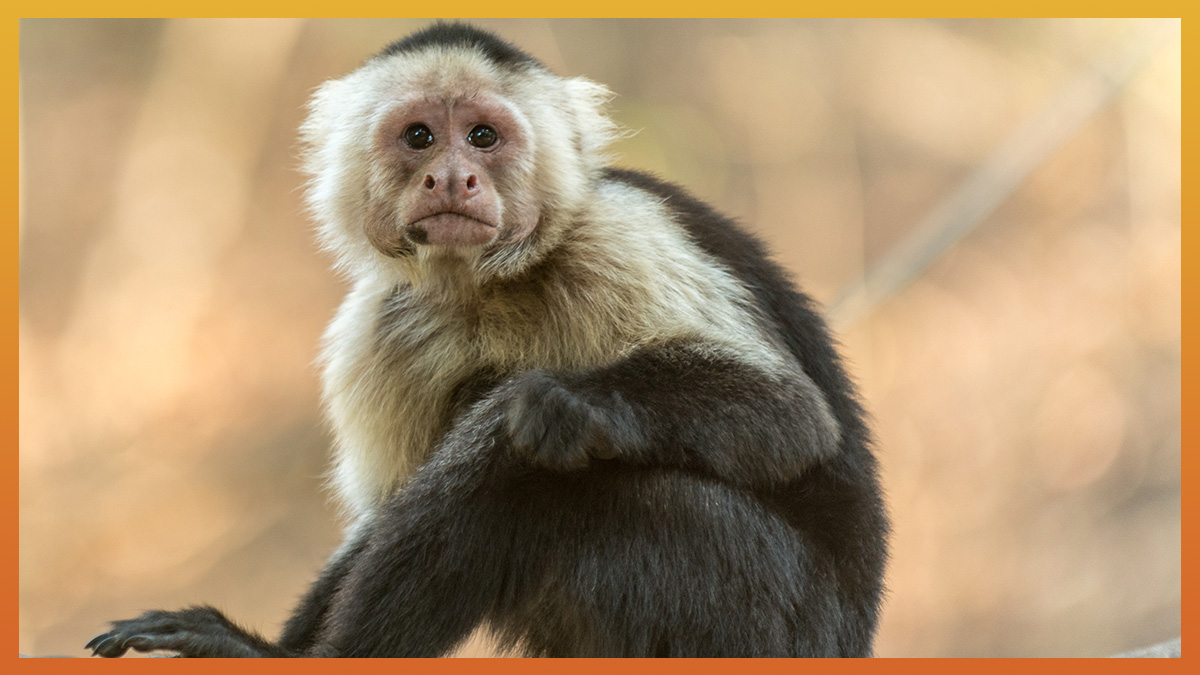
Scientific discoveries first in anatomy, then evolutionary theory, and most recently in animal behaviour and cognition have developed our understanding of animals as socially, emotionally and cognitively complex individuals, sentient beings able to feel pain and with the capacity to suffer, and this understanding has led to our increasing concern for their welfare.
This in turn has led to subsequent political advancements with legislation protecting animals now existing within countries across the world. Yet despite these major advancements billions of animals continue to suffer due to our unequal treatment of them at the species and intraspecies level.
International Animal Rights Day provides us with an opportunity to reflect on our own values towards both the animals that we interact with and those we impact upon via our daily behaviours and choices. A chance to think about the complex emotional and cognitive lives of so many other animals that have not as yet been granted the same societal, ethical and in many cases the legal rights that we have given to animals such as our companion animals living in our homes. And a chance for us to change our behaviours to help to address this imbalance.
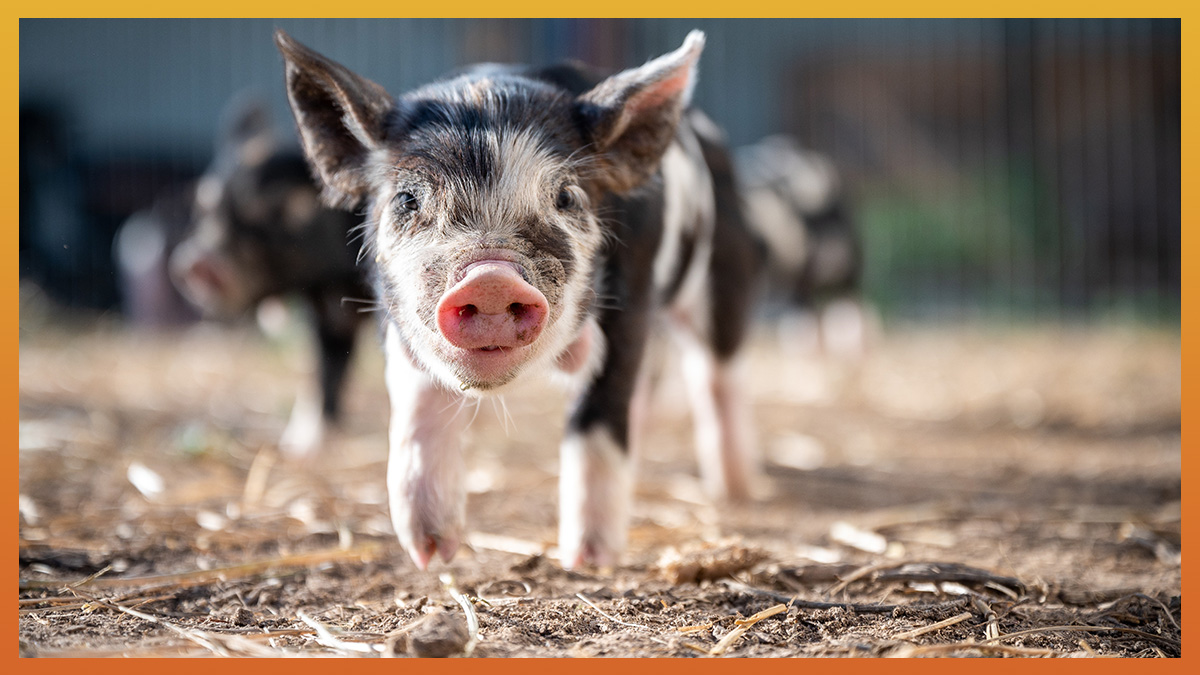
BACK
